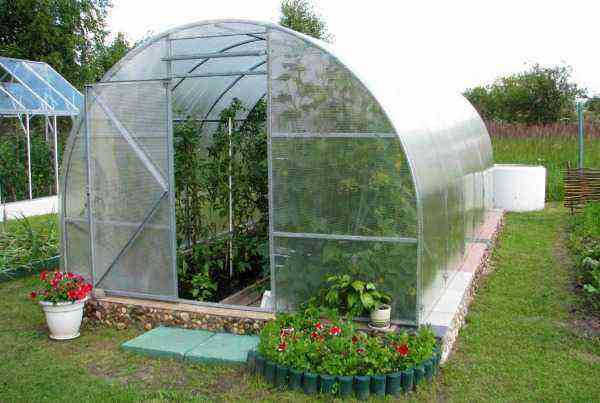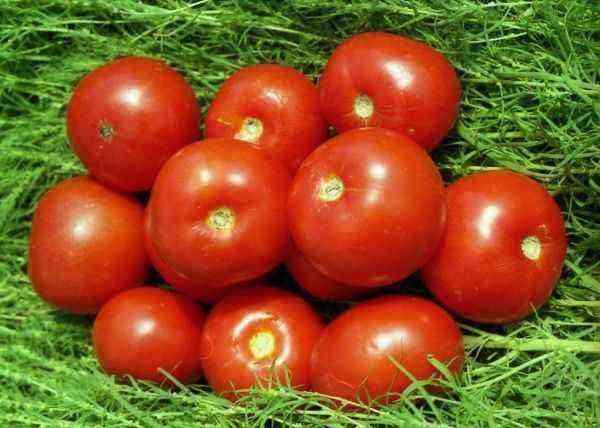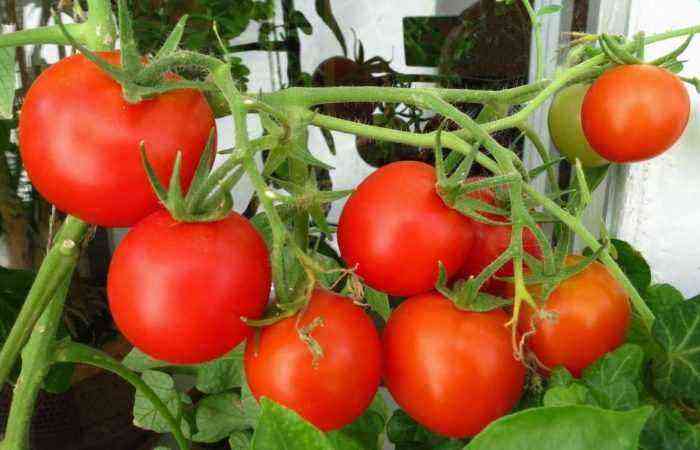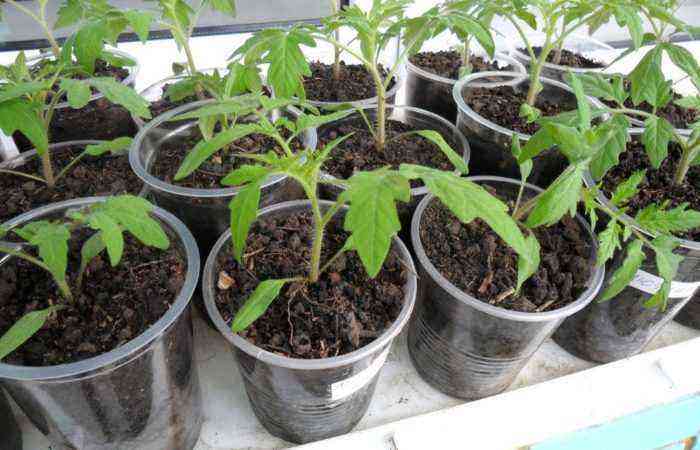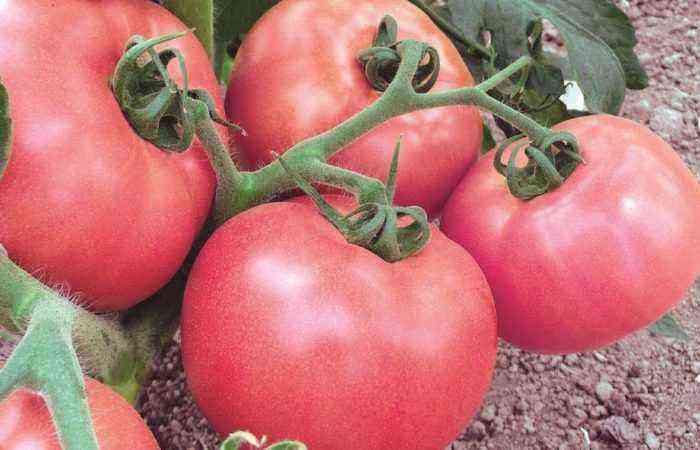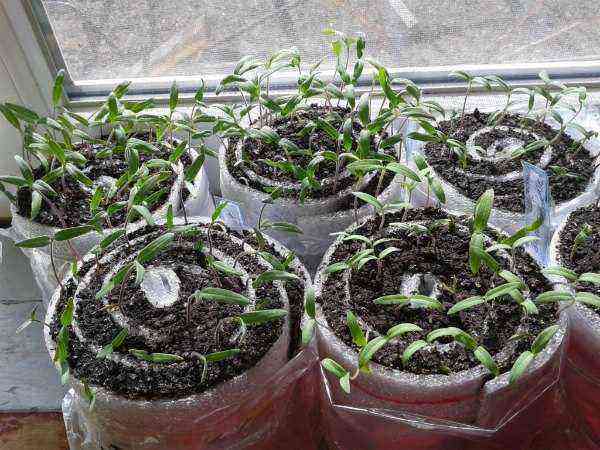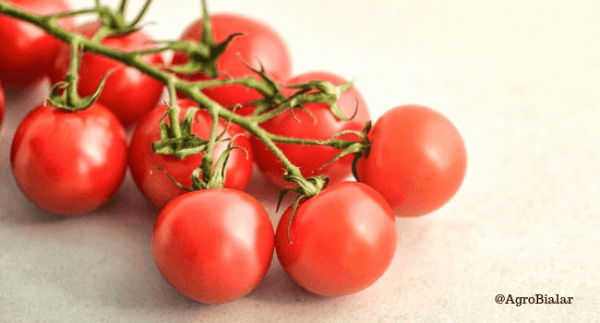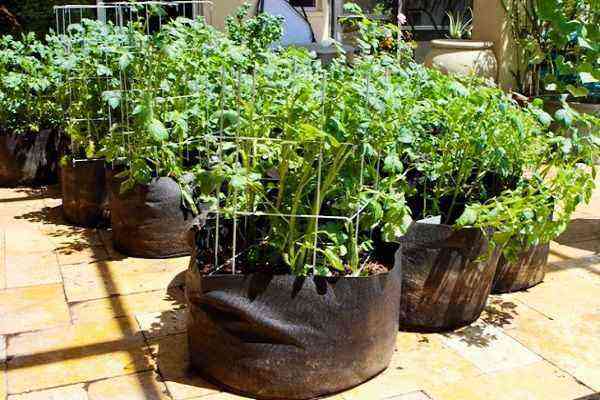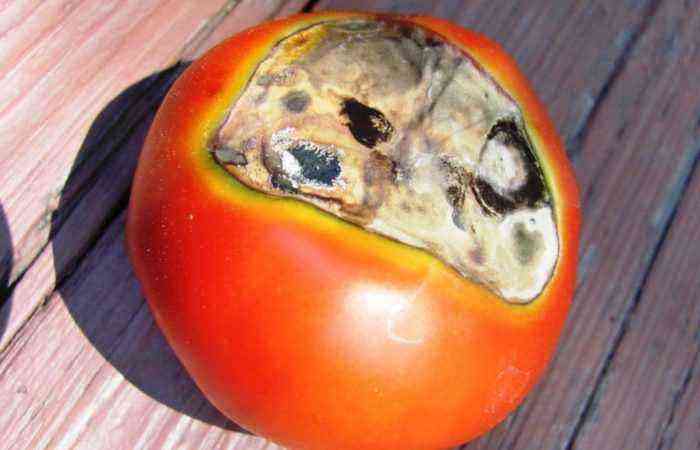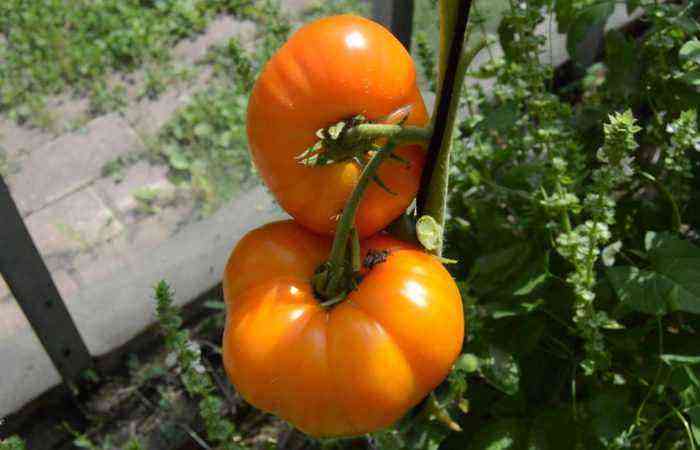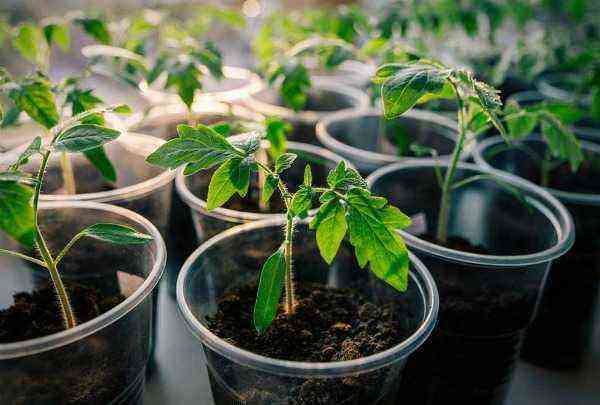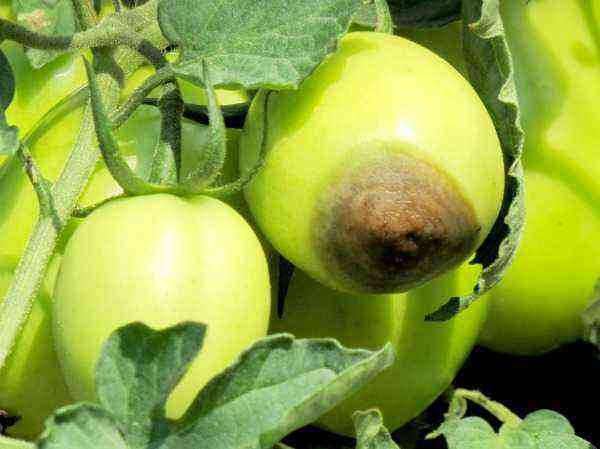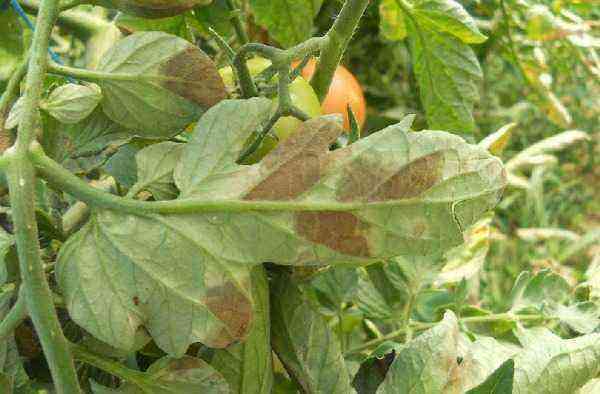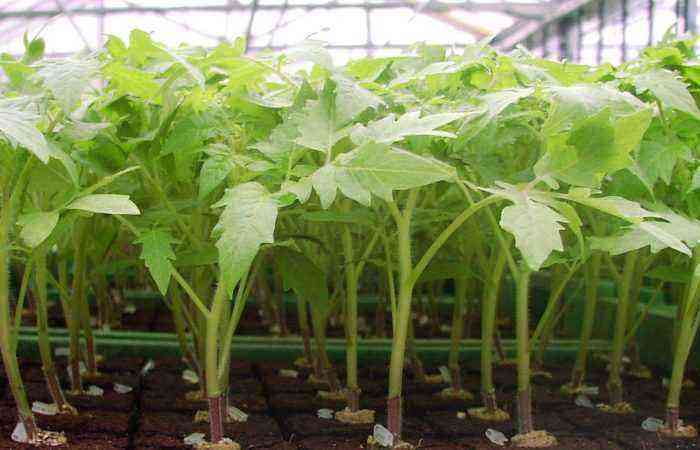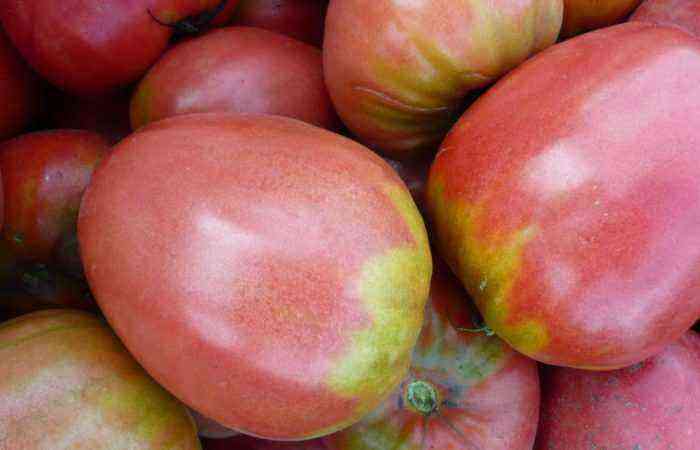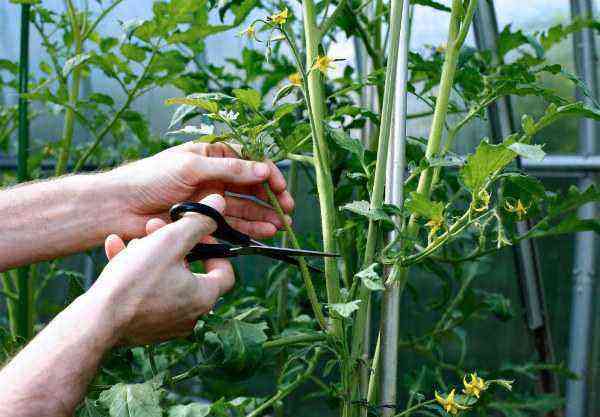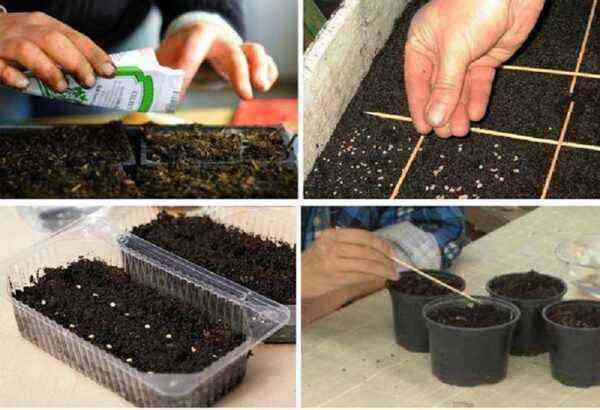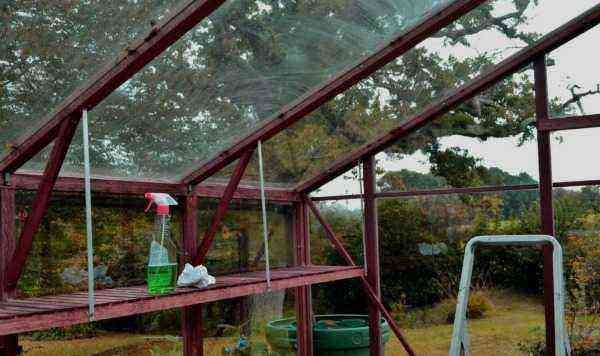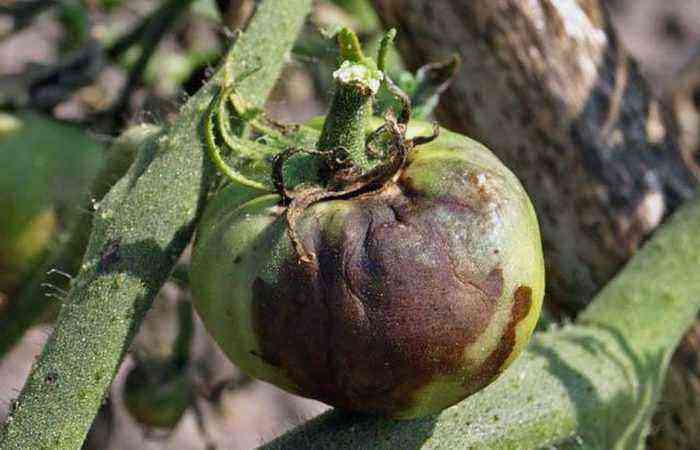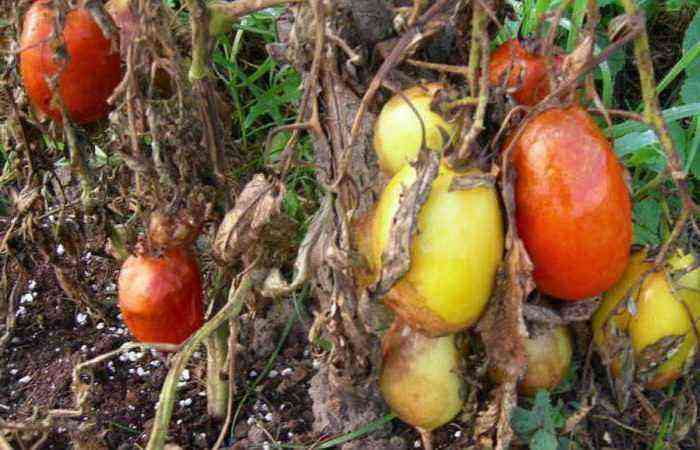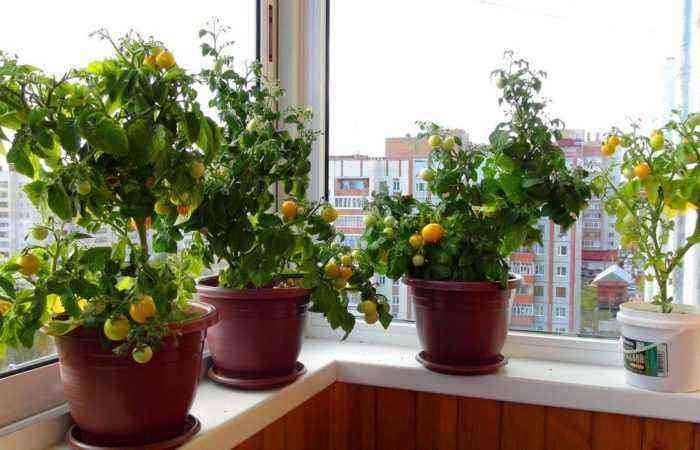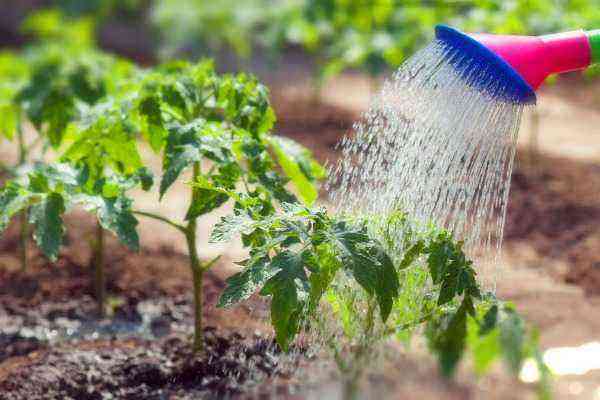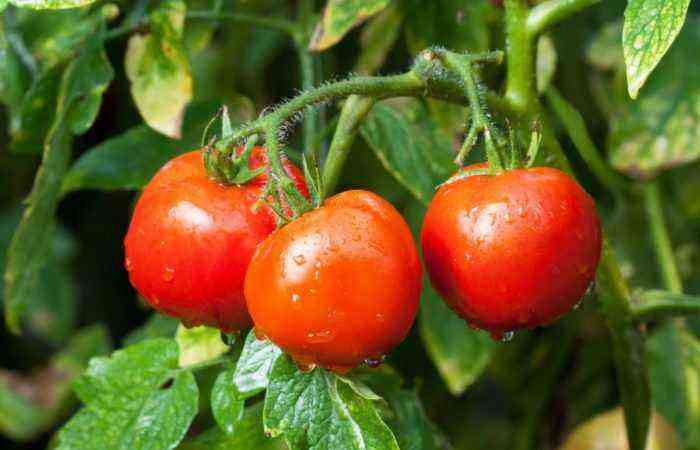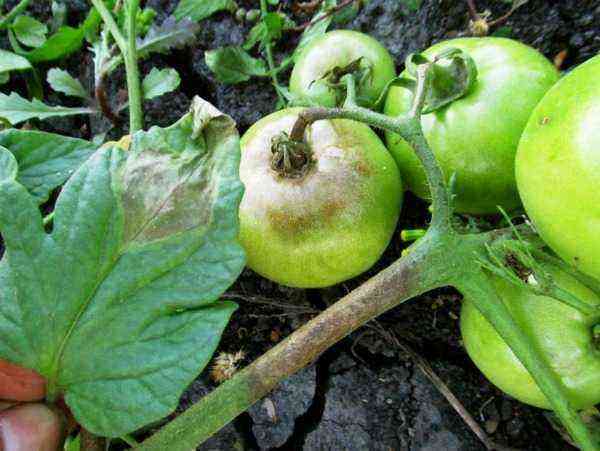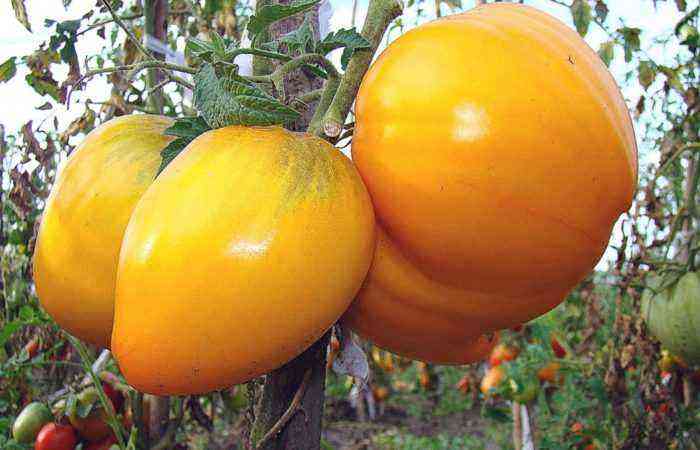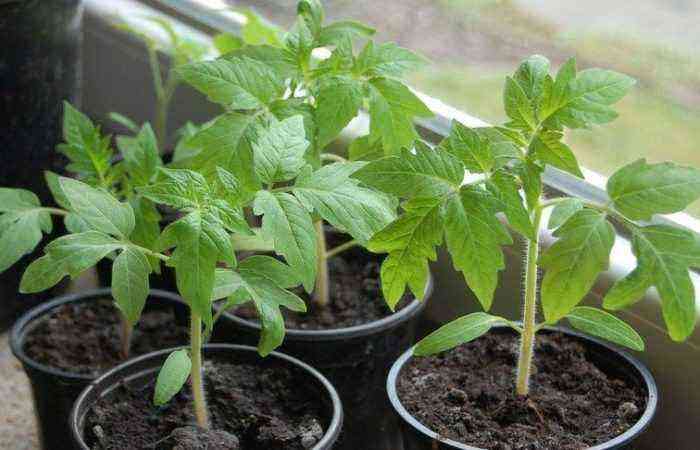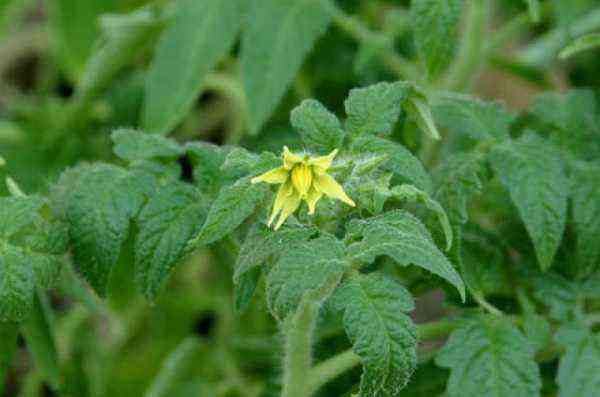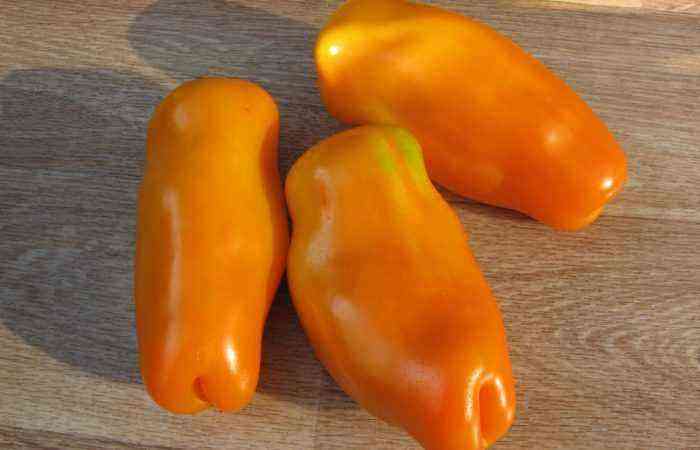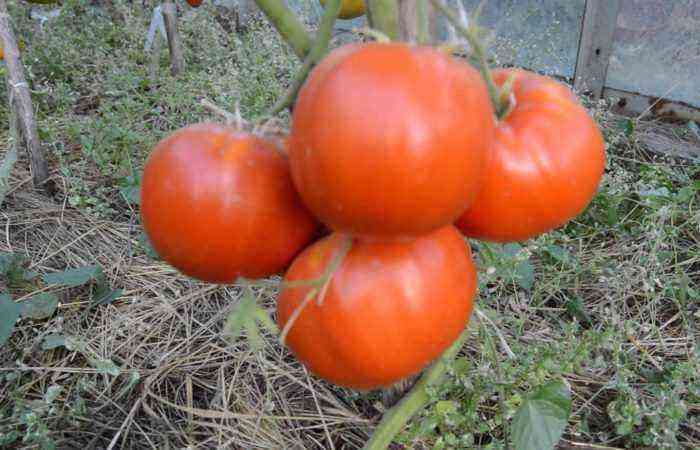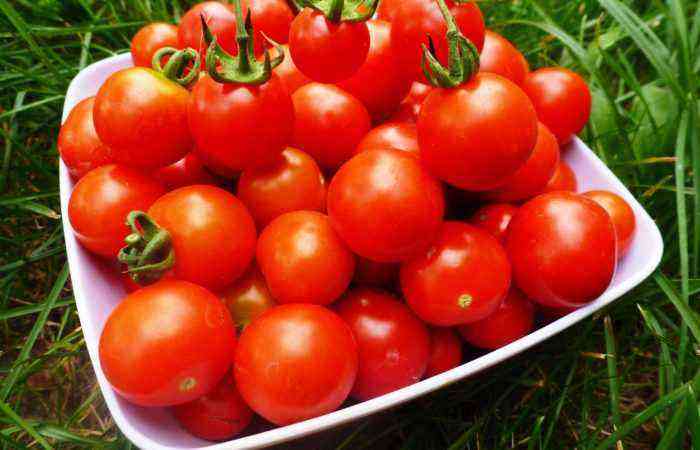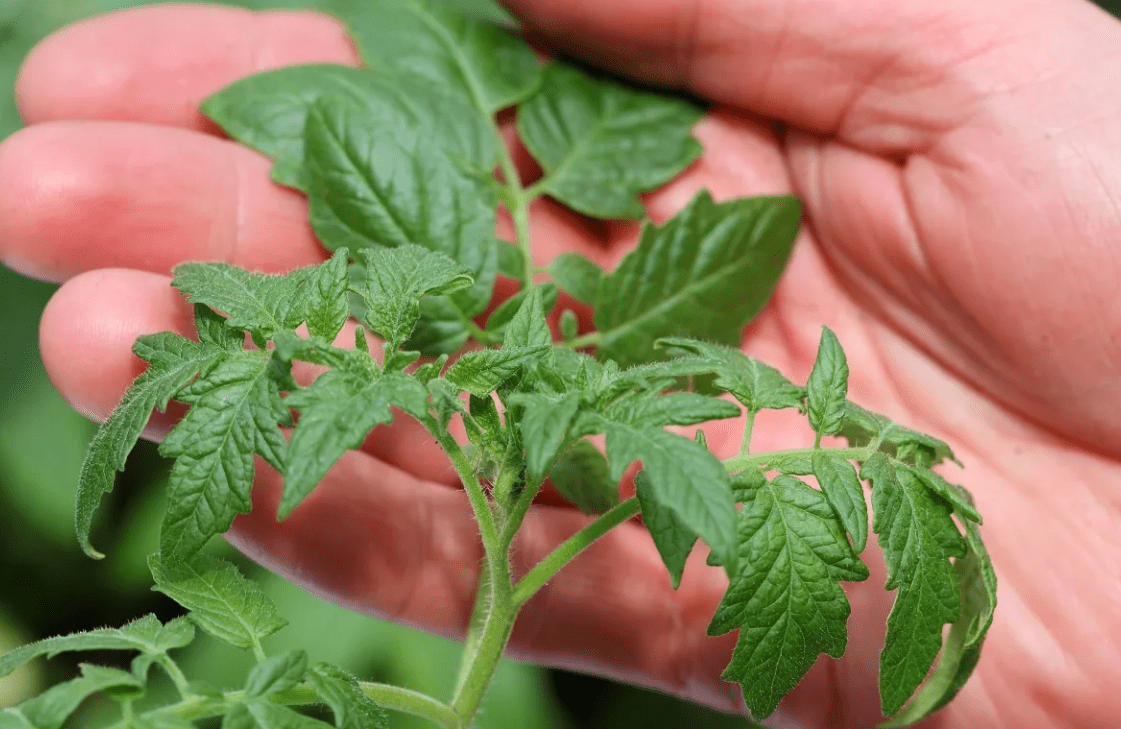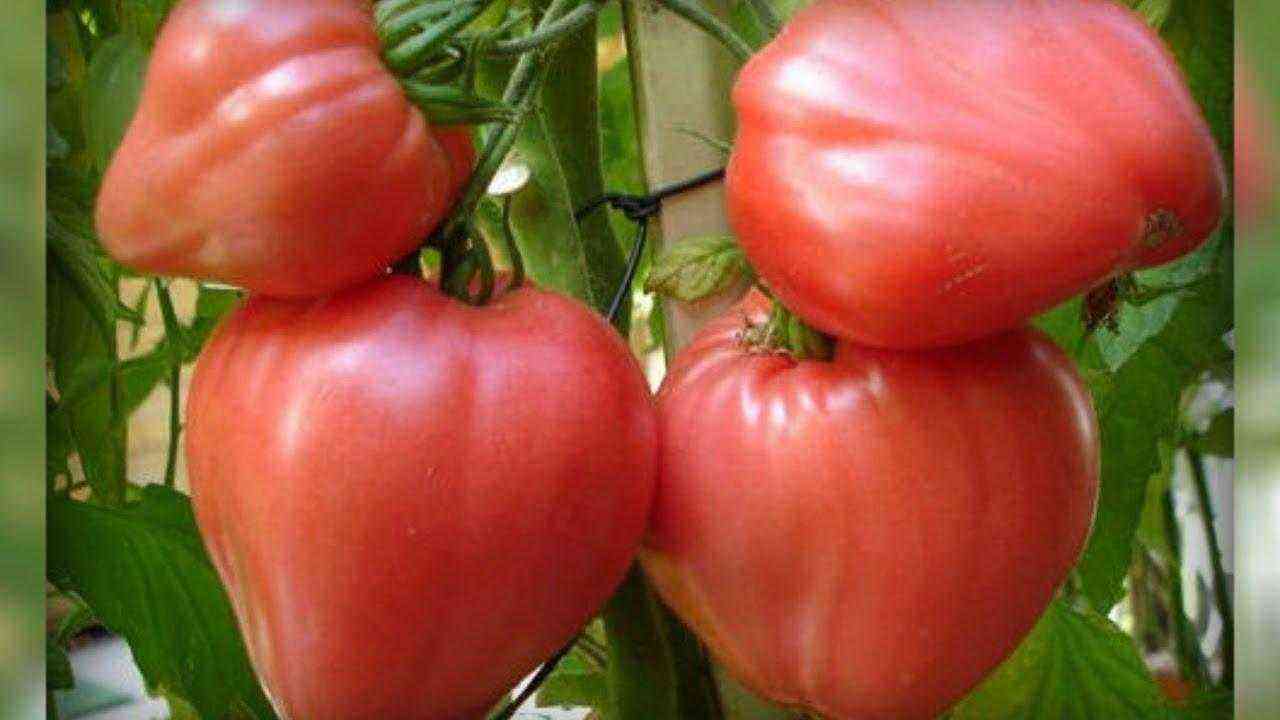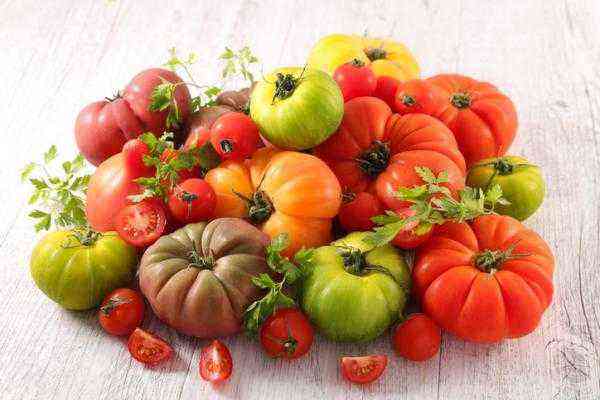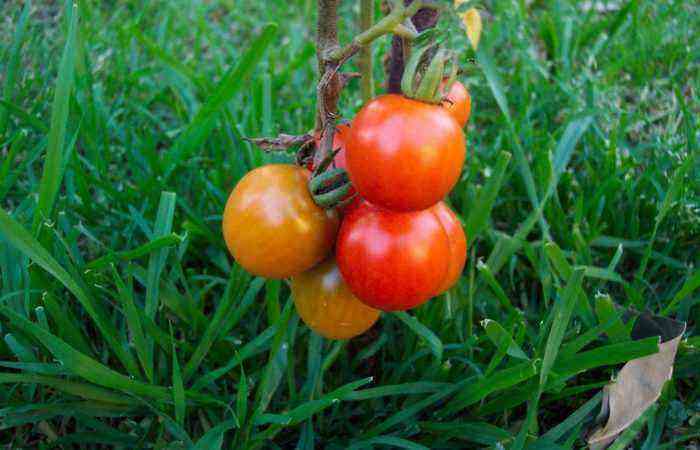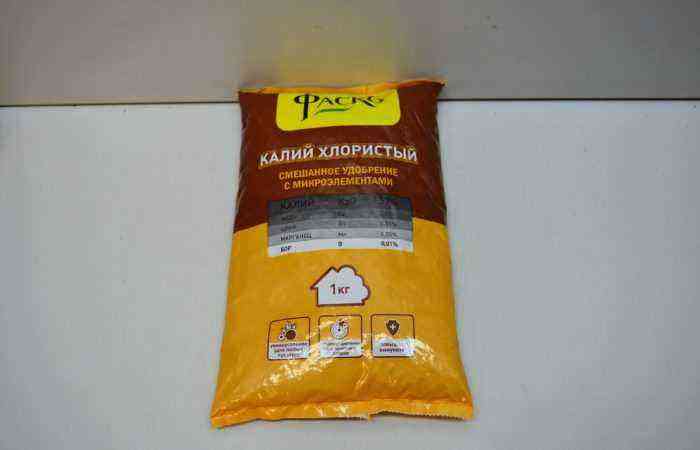A tomato bush forms a large vegetative mass and a considerable yield; for this, the plant extracts a significant amount of nutrition from the soil. In addition, many useful substances are washed out of the soil when watering plants.
If at the beginning of the growing season the bush can develop due to the natural fertility of the soil, then in order to lay a good crop and its ripening, replenishment of the consumed nutrients is required. The use of dressings will help balance nutrition, this will allow the plant to use it rationally, without accumulating excess in fruits.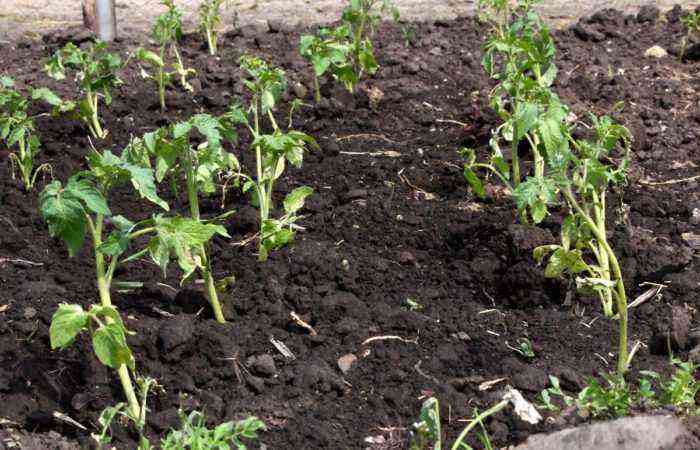
Basic rules for feeding tomatoes
In order not to harm the plants with top dressing, you must follow the basic rules:
- carry out top dressing in the morning or evening at a moderate temperature;
- fertilizers are applied under the root, without spraying the leaves and trunk, in order to avoid burns;
- after feeding, the plants are shed with clean water to wash off the remnants of fertilizers;
- feeding with cold solutions that contribute to the development of diseases is not allowed;
- it is necessary to strictly observe the norms of fertilizer consumption and the concentration of solutions in order to prevent burns of plants and their root system.
Fertilizers for tomatoes
Mineral Fertilizers
Top dressing of tomatoes is best done with complex fertilizers, then it is enough to comply with the consumption rate indicated by the manufacturer. If there is no such fertilizer, you can collect the mixture yourself. For tomatoes, the following types of fertilizers are used:
- complex: nitrophoska, nitroammophos, calcium nitrate, “Universal”, “Agricola”, “Health”, “Multiflor”, “Gumat”, “Ideal”, etc .;
- nitrogenous – urea, ammonium nitrate, carbamide;
- phosphoric – superphosphate;
- potassium – potassium sulfate, potassium sulfate.
It is not recommended to use chlorine-containing fertilizers for feeding tomatoes. If there is no other potash fertilizer other than potassium chloride, then it is better to apply it in the fall.
Attention! It makes no sense to apply nitrogen fertilizers for autumn refueling, since before planting fertilizers they will be washed out by rain and melt water.
Organic Fertilizers
Apply manure of animal origin, both in pure form and in compost mixtures. It is applied in dry form, in the form of solutions and extracts. At the same time, it must be remembered that the consumption rate of horse manure and bird droppings is half that of cow manure.
It is allowed to bring in fresh manure only when refueling in the fall, but it is better to leave it to rot and then make it in the form of compost.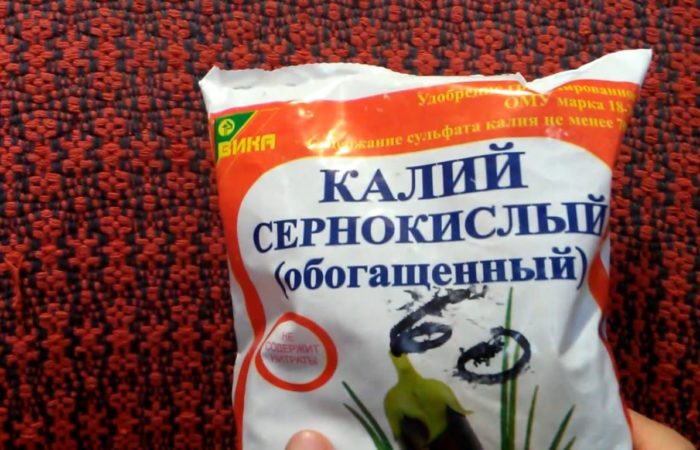
Environmentally friendly supplements
Experienced gardeners who want to get healthy, environmentally friendly products have learned how to obtain nutrients for tomato production from natural sources:
- This infusion contains essential nutrients.
Leaves of nettle, dandelion, lettuce, goutweed are poured with boiling water, infused for a week, diluted with water (1:10), a handful of wood ash is added.
- Source of calcium and magnesium.
Finely crush the eggshell, add a handful directly into the hole when planting. Pour the eggshell with water (2: 3), insist for three days. Before use, dilute with water (1:3). Pour under the root or add with foliar top dressing.
- The dried banana peel is ground into flour and sprinkled on the soil at the roots once a week. You can cook a fresh peel in the same way as the shell.
- The use of wood ash separately and as part of mixtures and decoctions replenishes the soil with various microelements, NPK and contributes to the normalization of soil acidity.
- Pressed baker’s yeast (100 g) is poured into 10 liters of warm water, kept for a day and used separately or with the addition of other elements.
- Often use solutions of iodine with milk, boric acid from the first aid kit, whey.
What are the types of feeding
Plants can be fertilized in two ways:
Root dressing
It is carried out by direct application of fertilizers under the bush in the form of a solution. Dissolving in water is the best form, nutrients are absorbed faster by the root system. You can scatter dry fertilizer over the beds, but it will slowly dissolve, especially in poorly moistened soil, so it is advisable to add it to the main soil dressing in the fall and spring before planting seedlings.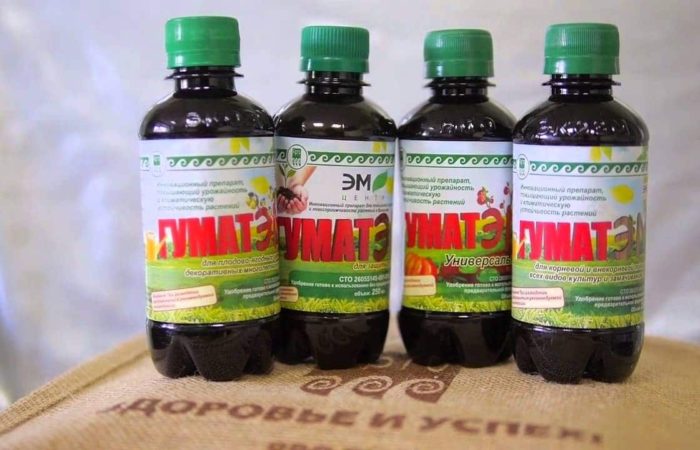
Foliar top dressing
Allows you to quickly bring nutrients to the plant through the leaves. It is carried out by small-drop irrigation of the bush using a spray bottle or special sprinklers. It is mainly used for subcorking with microelements or weak solutions of fertilizers.
The main filling of the soil for planting tomatoes
Properly seasoned for planting tomatoes, the soil will allow from the first days to direct all the forces of the plant to the formation of a full-fledged crop, and ensure resistance to the development of diseases. The work is carried out in two stages:
For digging the soil (digging depth 20-25 cm). Make 5-8 kg of organic fertilizers (humus, peat, compost, wood ash) per 1 sq. m. soil. When introducing horse manure, the consumption rate is reduced to 3-4 kg.
Make a complex mineral fertilizer (nitrophoska) or a mixture of superphosphate, urea, potassium sulfate. The soil is dug to a depth of 10-20 cm.
For spring dressing, organic fertilizers are used if they were not applied in the fall.
Organic fertilizers are not only a source of nutrition. They contribute to the development of beneficial microflora, which, as a result of its vital activity, significantly improves soil structure and air exchange.
Complete filling of the soil before planting allows you to reduce the number of top dressings after planting seedlings on the ridges. If a full complex of fertilizers was applied before planting, then fertilizers are not applied during planting.
Fertilizing tomatoes after planting
First feeding
At least two weeks after planting, the seedlings are left alone. And then, depending on the condition and weather conditions, they start feeding. You can use a fermented solution prepared from mullein in proportion to water 1:10. Chicken manure is used in a less concentrated form (1:20).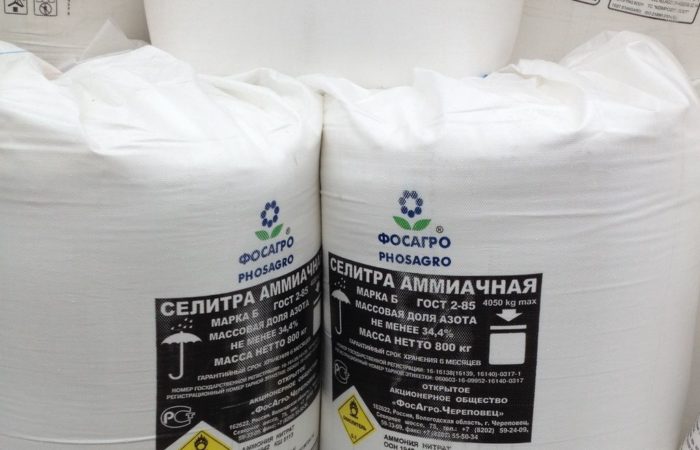
You can use a solution of mineral fertilizers per 10 liters of water:
- superphosphate – 20 g;
- ammonium nitrate – 30 g;
- potassium sulfate – 15 g.
It is useful to add half a glass of ash extract to the solution (1 glass per 1 liter of water).
Second feeding
Dissolve 60 g of complex mineral fertilizer (nitrophoska) in 10 liters of warm water. Based on one bush, use:
- before flowering – 1 l;
- during flowering – up to 2.5 liters.
Subsequent top dressing
The interval between feeding is, on average, two weeks. So work before flowering. Then, less nitrogen fertilizers will be required, and more phosphorus and potash fertilizers.
Watering top dressing under the root is alternated with foliar fertilization.
The concentration of mineral fertilizers in this case decreases and amounts to 10 liters of water:
- superphosphate – 10 g;
- urea – 10 g;
- potassium sulfate – 15 g.
Signs of a lack of batteries
Without conducting a chemical analysis of the soil, it is difficult to properly balance the composition of fertilizers, but the lack of nutrients is well reflected in the appearance of plants:
Slow growth. Withered leaf blades curl into a tube even with normal watering. The general appearance of the bush is stunted, as if underdeveloped;
Leaf blades become thin, pale yellow, slightly lethargic, with burns along the edges. The fall of yellow leaves starts from the bottom of the plant;
Its deficiency colors the surface of the stem, the lower part of the leaf blades and their veins in purple. The leaves curl inward;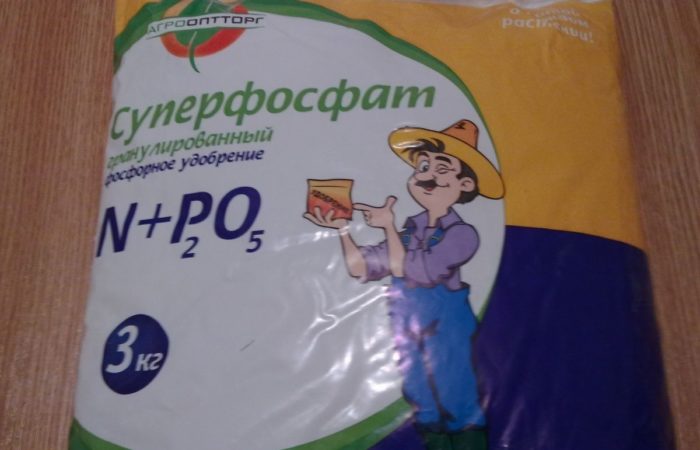
Not enough chlorophyll is formed and pale yellow leaves with a transparent plate grow already in the apical part;
Old leaves acquire a dark green color, and young ones become scorched tips;
Leaf blades are wrapped up, their veins turn yellow;
spots of different sizes appear on the leaves, brown, yellow-brown. They affect the entire leaf along with the veins;
Yellow spots affect leaf tissues without veins;
Its deficiency causes shedding of flowers, the leaves are twisted towards the trunk from the tip, and the tops of the plants – downwards;
Even young leaves are white at the ends, as if sluggish, twisted inwards.
Recommendations on the number of feedings with boron per season can be found in the video.
Interchangeability of fertilizers
When buying complex mineral fertilizers, you need to specify the content of the active substance in them.
If you have recommendations for the application of a particular fertilizer, but it is not available, you can make a replacement, but take into account that the nutrient content will be different.
It should be remembered that the content of the elements they have is different:
- urea contains more nitrogen than ammonium nitrate by 30%;
- in sodium and calcium nitrate, nitrogen is two times less than in ammonium nitrate, and in ammonium sulfate and ammonium chloride – by 30%;
- double superphosphate contains twice as much phosphorus than just;
- ammophos – phosphorus, as in double superphosphate, and nitrogen – 30% less than in ammonium nitrate.
Advice! When purchasing fertilizers, check the amount of active ingredient to correctly determine the safe amount of fertilizer to feed the tomatoes after planting.
The use of mineral fertilizers will not harm plants and your health, if you follow the measure, terms and certain rules.
